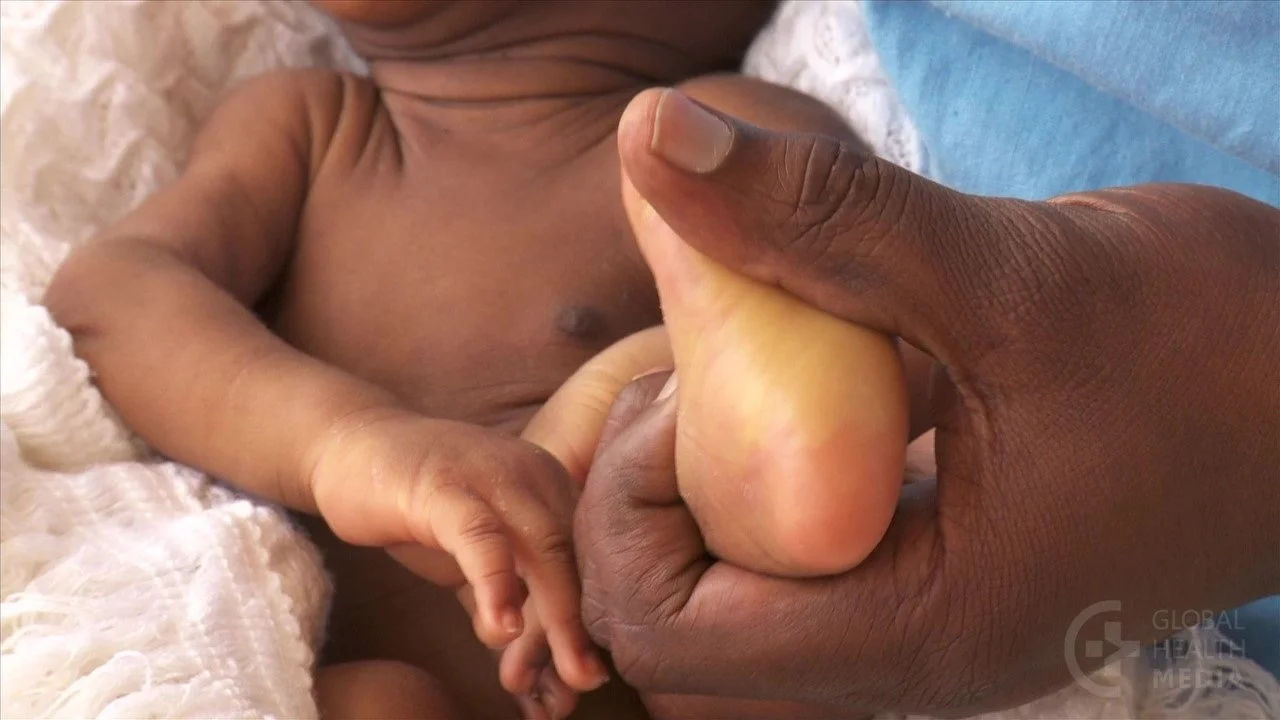The Truth About Jaundice & Delayed Cord Clamping—What’s the Real Risk?
So, you’re getting ready for birth, and you’ve heard about delayed cord clamping (DCC)—but then someone mentioned it could increase the risk of jaundice, and now you’re not sure what to do.
First of all, I get it. When you’re preparing for birth, it can feel like every decision is loaded with pros and cons, and you just want to make the best choice for your baby. But let’s really dig into this and break it down—because the truth is, DCC is one of the most beneficial things you can do for your newborn, and the “jaundice risk” is often misunderstood.
What Is Jaundice? Should You Be Worried?
Jaundice happens when bilirubin (a yellow pigment from red blood cells breaking down) builds up in your baby’s system. It’s actually a completely normal and expected part of being a newborn because all babies go through a process of adjusting their circulation after birth.
Most of the time, jaundice is mild and temporary—it peaks around days 3–5 and fades as baby’s liver matures and starts processing bilirubin on its own. Some babies will need a little extra support, like phototherapy (light treatment) to help them clear it faster, but for the vast majority, it resolves without intervention.
What Does the Research Actually Say?
I know you like to make informed decisions (because you’re amazing and so intentional), so here’s the data:
A 2022 study from the Ontario Midwives looked at the connection between DCC and jaundice requiring treatment.
4.3% of babies who had DCC under 60 seconds needed phototherapy.
3.2% of babies who had DCC over 60 seconds needed phototherapy.
Wait… what? The risk actually decreased when babies received their full cord blood for longer.
Overall, 92% of babies who had DCC did not require treatment for jaundice at all.
This completely contradicts the idea that DCC causes harmful jaundice. What’s really happening is that babies who receive more blood at birth naturally have slightly higher bilirubin levels—which is actually a normal and healthy process.
So, Should You Be Concerned About Jaundice?
Here’s the thing: Jaundice isn’t something to fear—it’s something to manage.
Your baby is designed to process bilirubin, and there are simple things you can do to support their natural ability to clear it while still getting all the benefits of DCC:
Treatment can be as simple as popping your baby in natural light.
✔ Frequent feeding—Breastmilk (or donor milk if needed) helps baby flush out bilirubin.
✔ Lots of skin-to-skin & natural light—Being in natural daylight (even by a sunny window) helps the body process bilirubin.
✔ Monitoring & gentle support—Care providers can check bilirubin levels postpartum, and in the rare case of high levels, phototherapy is a safe and effective treatment.
The Bottom Line
Your body and your baby are designed to work together beautifully after birth. DCC ensures your baby gets the full volume of oxygen-rich blood, iron stores, and stem cells they need, while jaundice is a natural process that the vast majority of babies navigate without issue.
If you’re feeling torn about this decision, I just want to remind you: you’re already making the best choice because you’re learning, questioning, and advocating for your baby.
And if you ever need to talk through your options, you know I’m here for you. Always



